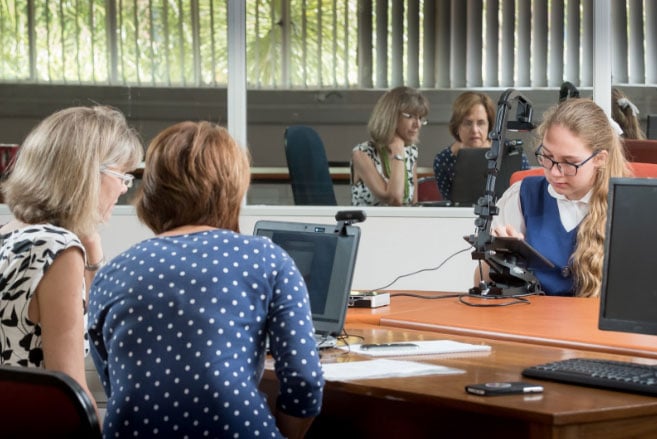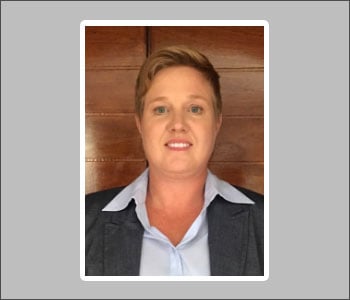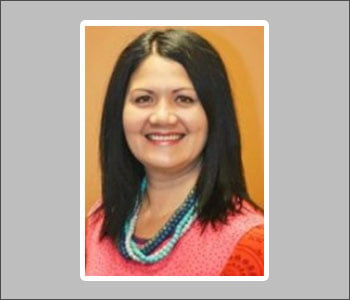Using eye-tracking technology and website user data, researchers can better understand user experience of apps and websites, to help companies and other organisations design more effective interfaces. This technology can also improve learning outcomes in diverse groups, including children with Autism Spectrum Disorder, or improve electronic learning platforms for school learners.

Problem:
The field of digital design is changing rapidly as new technology and tools become available. Human-computer interaction (HCI) is changing in parallel as the platforms we use to interact with technology change and become more accessible.
This means that traditional intuitive approaches to design don’t necessarily provide an optimal user experience on modern apps and websites. The field of User Experience (UX) looks at new ways to address these issues.
In South Africa, UX is not considered during the design process, or it is given only cursory attention towards the end of a design project where it will not be useful. Participatory design - UX as well as working with end users for better design - holds the potential to improve usability in websites and apps designed in South Africa.
Solution:
Prof Helene Gelderblom, who runs the Informatics Design Labs at the University of Pretoria, is looking to address some of the challenges in the field of UX and participatory design in South Africa. Gelderblom and her colleagues have worked with companies such as Deloitte, ABSA, EpiUse and others to improve the UX of their websites and apps while advancing the use of UX in design in South Africa.
The team uses eye-tracking technology in combination with interviews and other qualitative data to help these companies improve their websites, and aims to start using big data to build on this approach.

Eye-tracking technology helps researchers gather data about a user’s experience of a website or platform.
|
Designing a better e-learning platform |
|
Prof Machdel Matthee, Prof Gelderblom and colleagues are using eye-tracking technology and participatory design principles to understand how certain private high school learners and teachers in Gauteng are using a new tablet-based learning platform. |
| Read More |
|
Designing for Autism Spectrum Disorder |
|
Ms Ilse de Bruin is working using eye-tracking technology to develop guidelines to design better learning applications for children with Autism Spectrum Disorder(ASD). |
| Read More |
|
Design for kids, by kids |
|
Prof Helene Gelderblom has recently formed KidsTeam-SA, a group of children who collaborate with designers and researchers in designing education websites and applications. They are designing a social media platform that connects children who need homework assistance with high school learners willing to help out. |
| Read More |
|
Are SA companies taking customer experience seriously? |
|
Just how seriously do local companies take customer experience? Mr Jacques Brosens of the Department of Informatics at the University of Pretoria is on a mission to find out. |
| Read More |
People involved

Prof Helene Gelderblom
Associate Professor: Department of Informatics
Focus area: Human computer interaction, UX design, designing with and for special user groups

Ilse de Bruin
PhD student: Department of Science, Mathematics and Technology Education
Focus area: Graphic design, education design, design for ASD

Prof Machdel Matthee
Associate Professor: Department of Informatics
Focus area: Education technology

Dr Ronel Callaghan
PhD: Department of Science, Mathematics and Technology Education
Focus area: Human computer interactions, information systems

Jacques Brosens
MSc student: Department of Informatics
Focus area: UX Design

Dr Lizette Weilbach
Senior Lecturer: Department of Informatics
Focus area: Information systems
Copyright © University of Pretoria 2025. All rights reserved.
Get Social With Us
Download the UP Mobile App